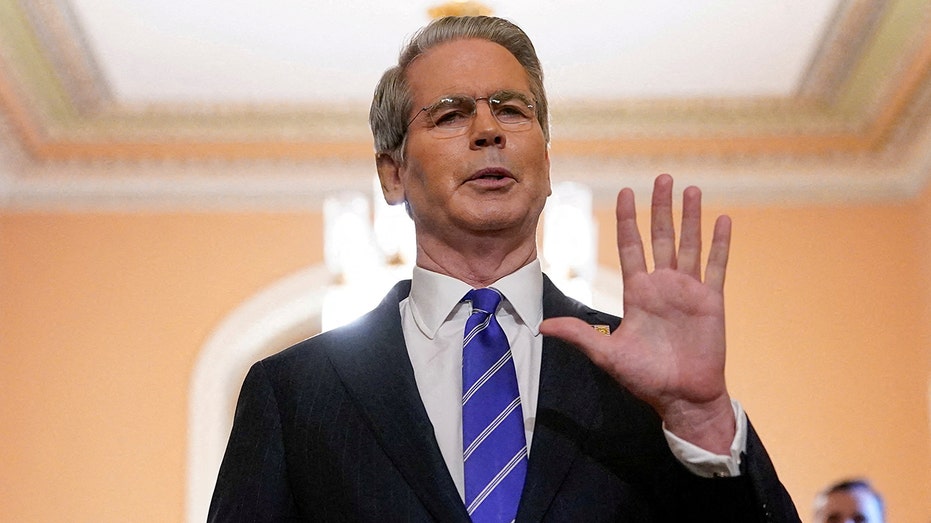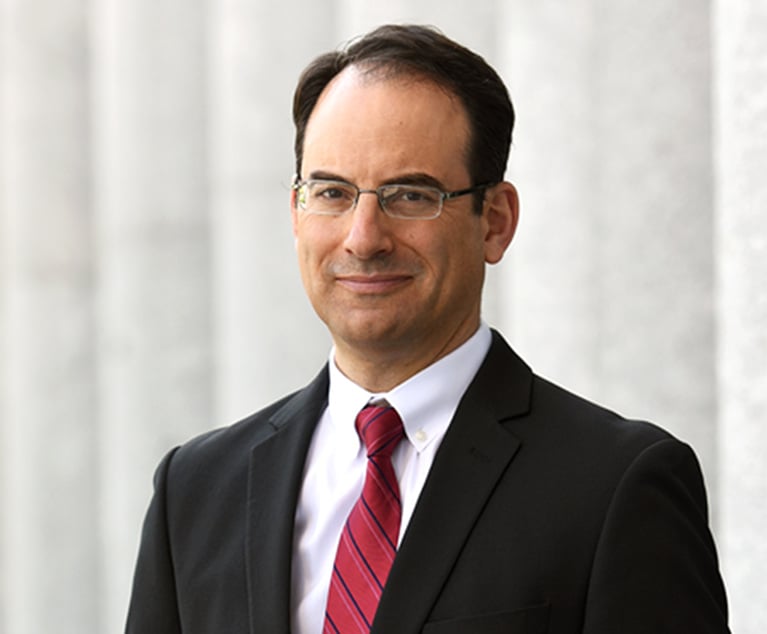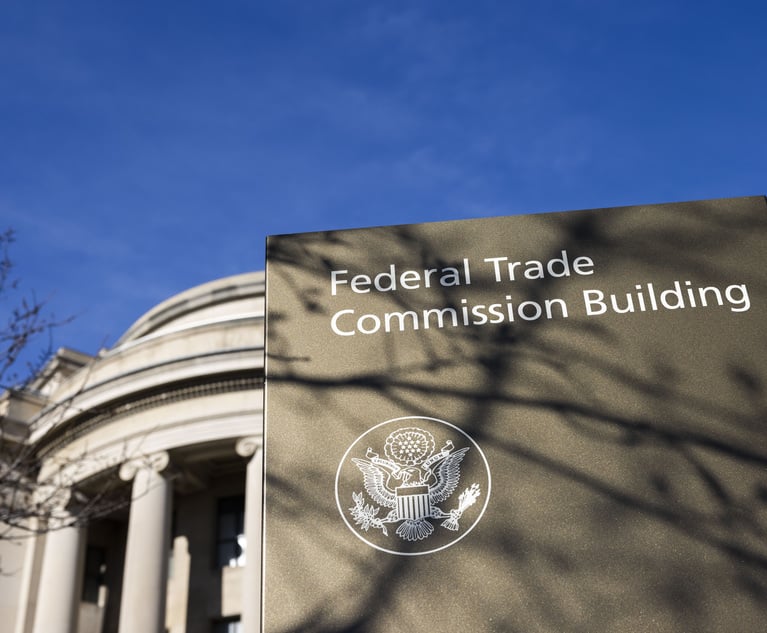The U.S. Supreme Court’s June decision in Loper Bright Enterprises v. Raimondo has attracted much attention. In that case, the court overruled its 1984 decision in Chevron U. S. A. Inc. v. Natural Resources Defense Council; there, the court had established a test that required courts to defer in many cases to the interpretations and positions of regulatory agencies.
The dispatch of Chevron prompted many academics and policymakers wringing their hands, and invited speculation about what the regulatory state will look like going forward. But these commentators ignore another potentially important aspect of Loper Bright’s reasoning: The way the court justified its decision to overrule Chevron may actually draw in question many other court precedents. The court in Loper Bright disparaged Chevron as having been “decided in 1984 by a bare quorum of six Justices.” In fact, the court has decided quite a number of cases by less than its (current) full complement of nine justices. Indeed, some of these cases have been decided by four-justice majorities—i.e., less than a majority of justices authorized to sit on the court.








